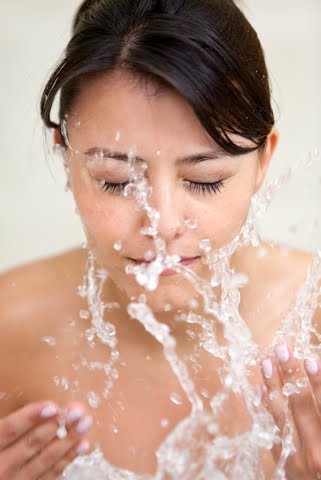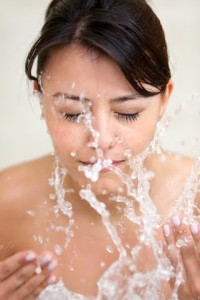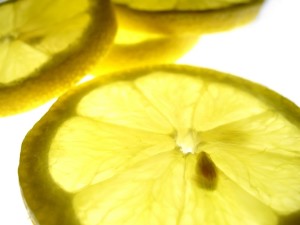
Beauty Reflections

I just spent about 10 minutes in the mirror analyzing my skin… studying it, assessing the flaws and thinking of a master plan to make it perfect. This past week has been a complete disaster in the beauty department. I make no apologies for being vain… and when I say vain, I mean I care a whole lot about my appearance. I want my hair to be perfect and when it’s not it can ruin my day. I want my skin to be clear, soft, pore-less and glowing… when it’s not, I’m nearly depressed. This morning, I sat in deep reflection about skin and hair care from a personal perspective. I thought, “My skin and hair could probably take care of itself if I just let it.” I believe that wholeheartedly.
I stopped using shampoo back in September (6-7 months ago) because I developed a product that cleansed the hair without stripping the natural oils. That was one of the best things I could have done for my hair (and my daughter’s). I was reminded of just how harsh shampoo can be when I decided to use it last weekend and experienced the biggest hair trauma of my life… complete with dramatic tears and sound effects smh. My hair, especially my natural hair, is better off without the suds. I’m beginning to think the same is true for my skin. I’m not willing to eliminate my soap and body wash, but I think it’s time to throw out my facial cleanser and allow my skin take care of itself. Don’t get me wrong, I’m still going to put the good stuff in. I won’t be letting go of my toner, exfoliators or moisturizers. I just think that maybe I’m doing too much by using a cleanser to “clean” my face. How dirty could it be? With using a cleanser I’ve noticed my skin has changed from dry to combination… but not in the typical areas. I don’t have t-zone issues alone, my cheeks may break out too. O_O I NEVER had issues with breakouts before. I also started to see my pores in the smile line area between my nose and mouth. That is not cool at all. Halfway through my skin care bootcamp this past week, I stopped using my cleanser. Instead, I rinsed my face with warm water and used my white tea toner and aloe. My dry patches are clearing and my pores are returning to normal size. From a scientist’s perspective, I think the cleanser may have been throwing off my skin’s natural ability to regulate itself.
This is not to say that I think everyone should throw out their shampoo/cleanser. But as a person with naturally dry skin and hair, I don’t need it. I rarely wear makeup (only eyeliner and mascara when I go out). Nor do I put a lot of product in my hair between washes. Someone that did either may still need to use a little bubble action in their beauty regimen. Just remember, if bubbles are involved, conditioning and moisturizing is not an option, it is a requirement.
What are your beauty reflections? Have you considered changing the way you care for your hair and skin? Tell us about it!
Here’s to the Glam Life!


